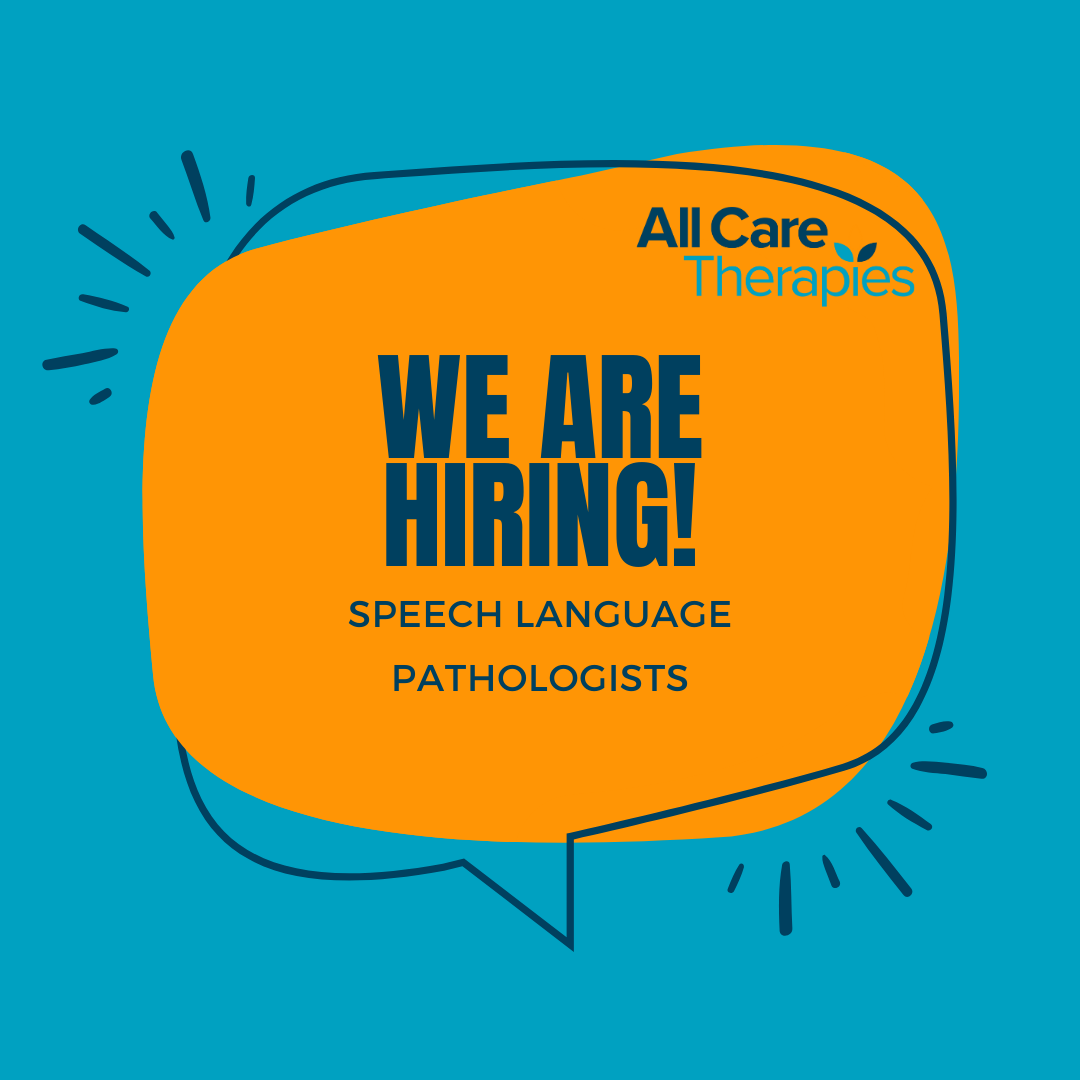"Revolutionize your speech therapy approach with insights from Deb Roy's 'Human Speechome Project'!"
This landmark study on language acquisition offers invaluable insights for speech pathologists. One of the key findings is the significance of consistent, repetitive word exposure in familiar settings for effective language learning. By sharing these insights with parents, therapists can encourage them to incorporate these strategies at home, maximizing the impact of therapy.
Roy's research also highlights the "vocabulary explosion," a phenomenon where children experience rapid language growth once foundational skills are established. By understanding this concept, speech pathologists can better tailor their approach to each child's developmental stage.
Incorporating these evidence-based insights into your practice can lead to more effective, targeted care, fostering successful language development in young patients.





